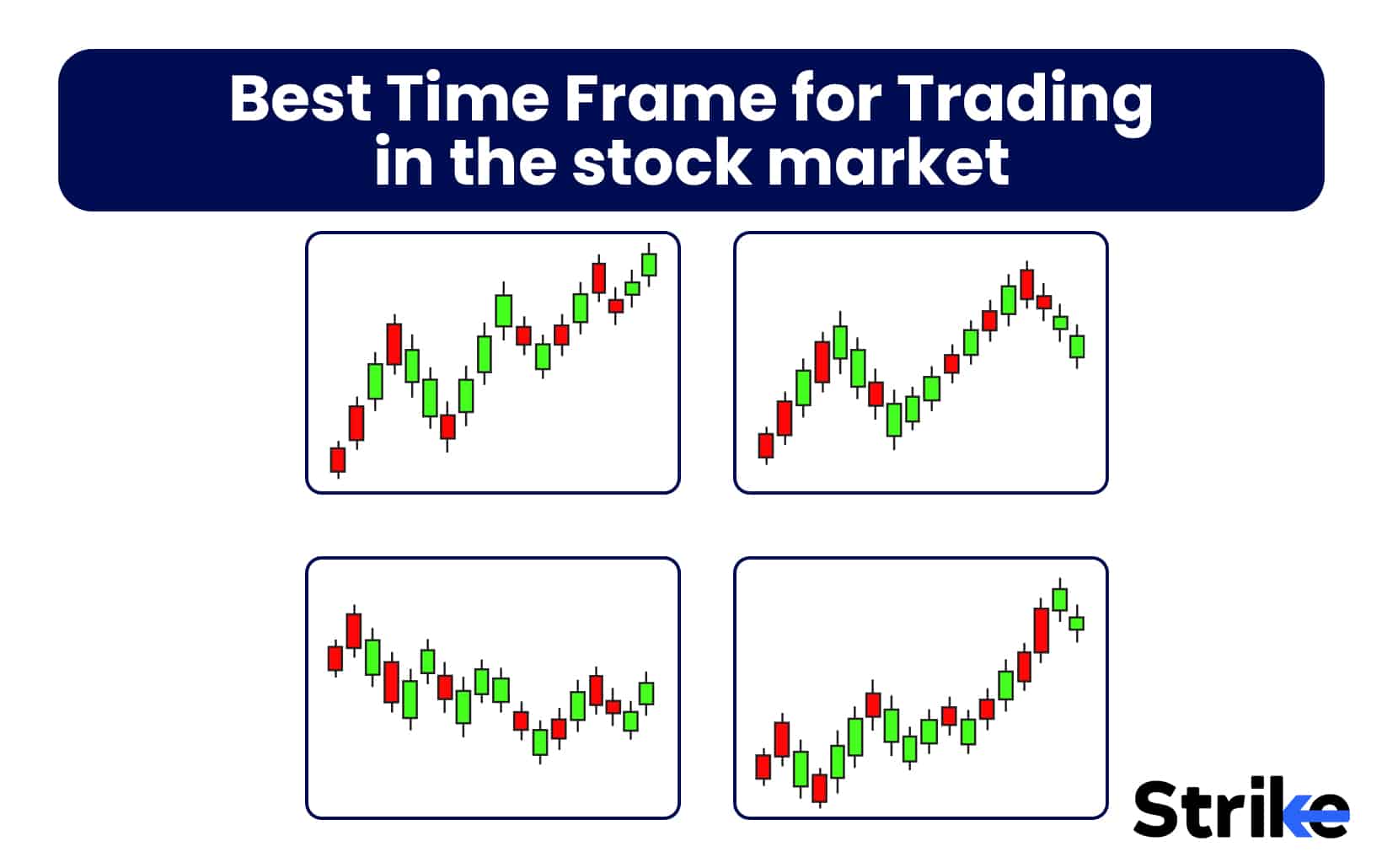
The best time frames for trading in stock markets refers to the time periods traders choose to employ their traders. The best time frames for trading differ for different types of trading and traders.
The three types of time frames are short, medium, and long. Short-term refers to up to 30 minutes; medium-term refers to 1 hour to 1 week; and long-term refers to a time period up to a year.
Traders choose timeframes based on their return objectives, risk tolerance, and preferred holding periods. Scalpers use short timeframes, day traders operate within daily timeframes, swing traders use weekly or daily charts, position traders focus on intermediate to long-term signals, and investors use long-term charts.
What is a Timeframe in Trading?
A timeframe in trading is the time a trend lasts in the market. Timeframes are used by traders to identify trends and use the information for their trading. Time frames last from minutes to days and differ in terms of scope and impact.
What are the Types of Timeframes in Trading?
The three types of timeframes in trading are short-term, medium-term, and long-term. Below are more details about the same.
1. Short-term
The short-term horizon refers to trading periods ranging from a single minute to 30 minutes Traders looking to seize short-term opportunities frequently use this horizon.
1 minute interval is preferred by high frequency traders using automated orders in order to make many fast trades. 5 to 15-minute frame is popular with day traders seeking to open and close positions on the same day. It allows you to track trends more finely than in an hour.
30 minutes to 1 hour is longer than 5 to 15 minutes but still short enough to identify trading signals in the day. The daily time frame corresponds to the full day of the market, from opening to closing. It offers a longer-term vision in the short term compared to lower-hour horizons.
2. Medium-term
The medium-term horizon from 1 hour to 1 week allows traders to capitalize on medium-length price trends and signals, balancing a shorter-term outlook with some visibility on how factors may develop over a few sessions or weeks.
1 hour to 4 hour interval is preferred by many active traders as it allows tracking intraday trends and developments while filtering out short term noise. Positions can often be opened and closed within a single trading session.
1 day to 4 days frame is popular with swing traders seeking to open positions for a few days. It allows for identifying medium-term trends and trading signals over complete trading days while still keeping a relatively short-term outlook.
1 week is longer than 1 day but still short enough to not be considered a long-term investment. Weekly charts provide a good balance between short and long-term factors, showing developments over complete weeks without long time frames. It offers visibility on price dynamics and turning points in the medium term.
3. Long-term
The long-term horizon refers to trading periods ranging from 1 month to multiple years. This horizon is often used by investors seeking long-term opportunities.
1 month to 3 month interval is preferred by some position traders as it allows viewing price dynamics and trends over several weeks while still keeping a relatively medium-term outlook.
1 quarter (3 months) to 1 year frame is popular with long-term investors and some position traders seeking to capture movements in market cycles. It offers a longer-term vision while still keeping a multi-month horizon.
1 year to 3 years is long enough to smooth out short-term fluctuations and identify underlying trends. Charts with weekly or monthly intervals over these periods show developments over full economic/market cycles.
3 years to 5+ years is considered a long-term investment horizon. Time frames of months/years at this level help investors analyze major trends, turning points, and patterns over several years. It offers a strategic vision.
Traders should choose an ideal timeframe according to their goals and risk- appetite.
Which Timeframe Should You Choose?
The timeframe you should choose will vary according to the type of trader you are. Below are more details.
- Scalpers typically use very short timeframes like 1-5 minutes. They aim to profit from very small intraday price movements and will hold positions for just a few moments or ticks. This requires trading with high volumes and using algorithms or technical indicators to identify micro-trends.
- Day traders usually operate within daily timeframes of 5-30 minutes, 1-4 hours or end of day. They open and close all positions before the day ends to avoid overnight risk. These timeframes let traders spot short-term intraday trends while keeping position time small.
- Swing traders favor weekly or daily charts, scaling into 1-5 day horizons. They use trends and patterns that develop over several hours or days. This allows capturing mid-term price swings while still keeping a relatively short outlook.
- Position traders may look at monthly, weekly or daily charts from 1 week up to several months. They are more focused on intermediate to long-term fundamental or technical signals and macro factors. Position traders are willing to hold positions for extended periods.
- Investors with a long-term horizon use charts scaling from monthly to yearly intervals or longer. They analyse major underlying economic and market trends beyond short-lived price fluctuations or cycles.
Types of Traders choose specific timeframes based on their return objectives, risk tolerance, and preferred holding periods. Different types of traders may prefer shorter durations, which necessitate higher trade volumes and more frequent analysis.
Which timeframe is best for trading?
Very short-term traders use lower timeframes, while position traders favour weekly or higher timeframes. Below are more details.
- Day trading: very short-term, usually 5–30 minute charts. Day traders need to get in and out of positions the same day, so these short timeframes let them spot intraday trends. Day trading requires quick decision-making and constant monitoring of the market, making it essential for those involved in day trading to use short timeframes effectively.
- Cash equity markets: 1-4 hour charts or daily intervals often suit stocks and ETFs. Cash markets have regular trading hours, so daily timeframes capture full market sessions.
- Options trading Daily, weekly or monthly, depending on expiration dates. Options Trading loses value rapidly as they approach expiration, so the holding period depends on the contract term. Daily charts can help day trade options, making them a useful tool in Options Trading.
- Forex trading: Major currency pairs like EUR/USD have liquid 24-hour markets, so 1-4 hour charts or daily charts are common. Higher timeframes capture trends over multiple sessions.
- Commodities trading: Daily or at higher intervals, like weekly. Commodities markets operate globally continuously but have elongated trends better viewed over days/weeks than hours. Higher timeframes suit position traders.
The asset’s liquidity, trading hours, and nature of trends impact the optimal holding periods and thus preferred charts in the Stock Market. Combining timeframes also provides traders with different analytic perspectives, enhancing their ability to make informed decisions in the Stock Market.
What is the 11am rule in trading?
The 11am rule in trading refers to the idea that if the current market does not reverse by 11am, a reversal is unlikely for the rest of the trading day. This rule is often backed by history, and it helps traders make better investment decisions.
What is the 15-minute rule in day trading?
The 15-minute rule in trading is used to enter the market after a gap open. The 15-minute rule involves letting the stock or index trade for the first 15 minutes to establish a range, then using the high and low of that period as support and resistance levels. A buy signal occurs if the price exceeds the 15-minute high, while a sell signal happens if it falls below the low. This helps avoid whipsaws and traps that can occur right at the open. Traders should be cautious in the first 30 minutes and avoid trades with little follow through.
What is the 10 am rule in stocks?
The 10 am rule in stocks refer to the idea that the traders should not make any big moves before 10 am in a trading day. This is because investors believe that this time frame helps to stabilse the market after the opening.
What is the 2-hour trading strategy?
The 2-hour trading strategy involves the idea that traders should execute their trades during the first and last hour of the trading session. The rationale behind this is that this timeframe allows you to clearly identify the market trend and make a decision.




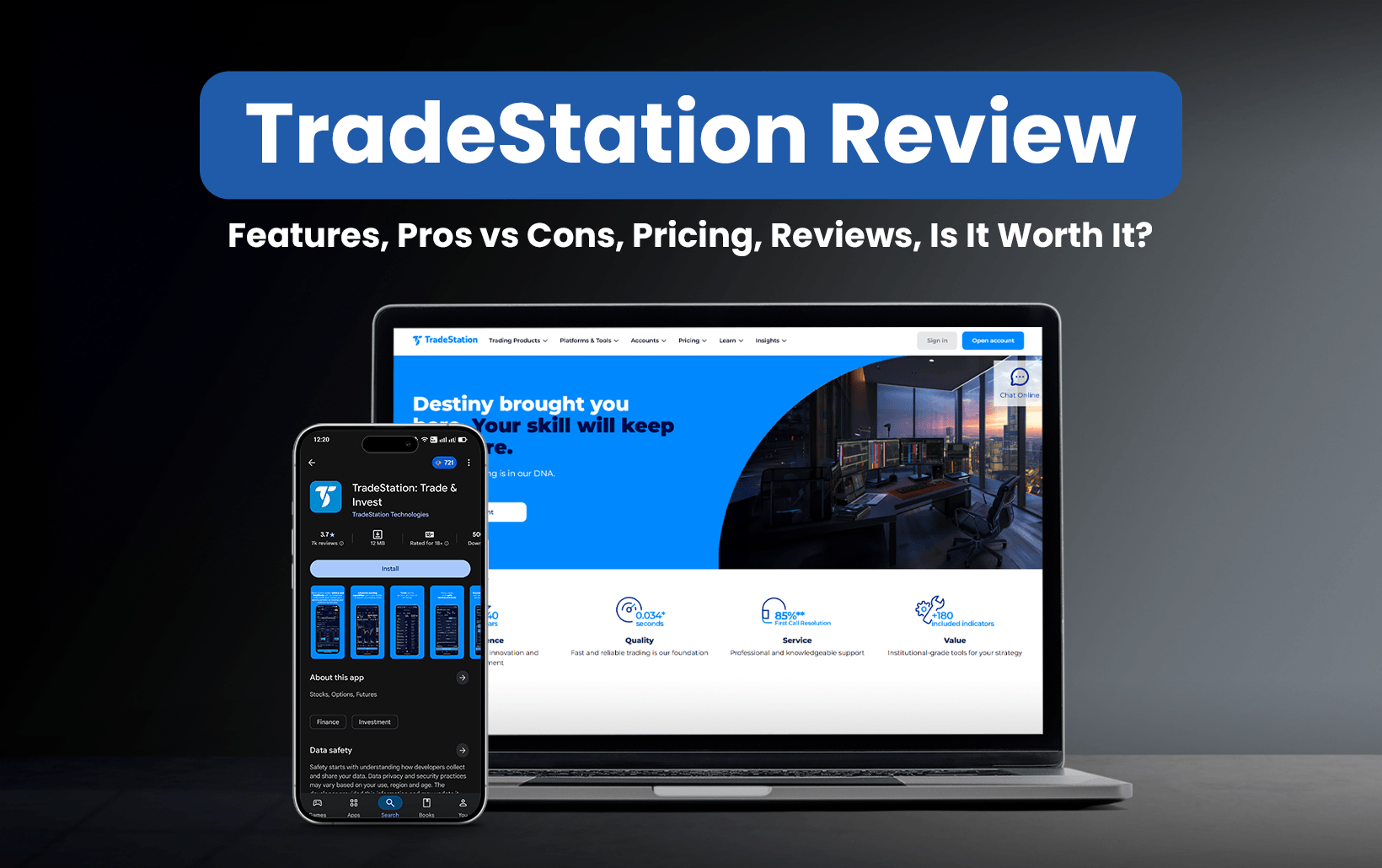
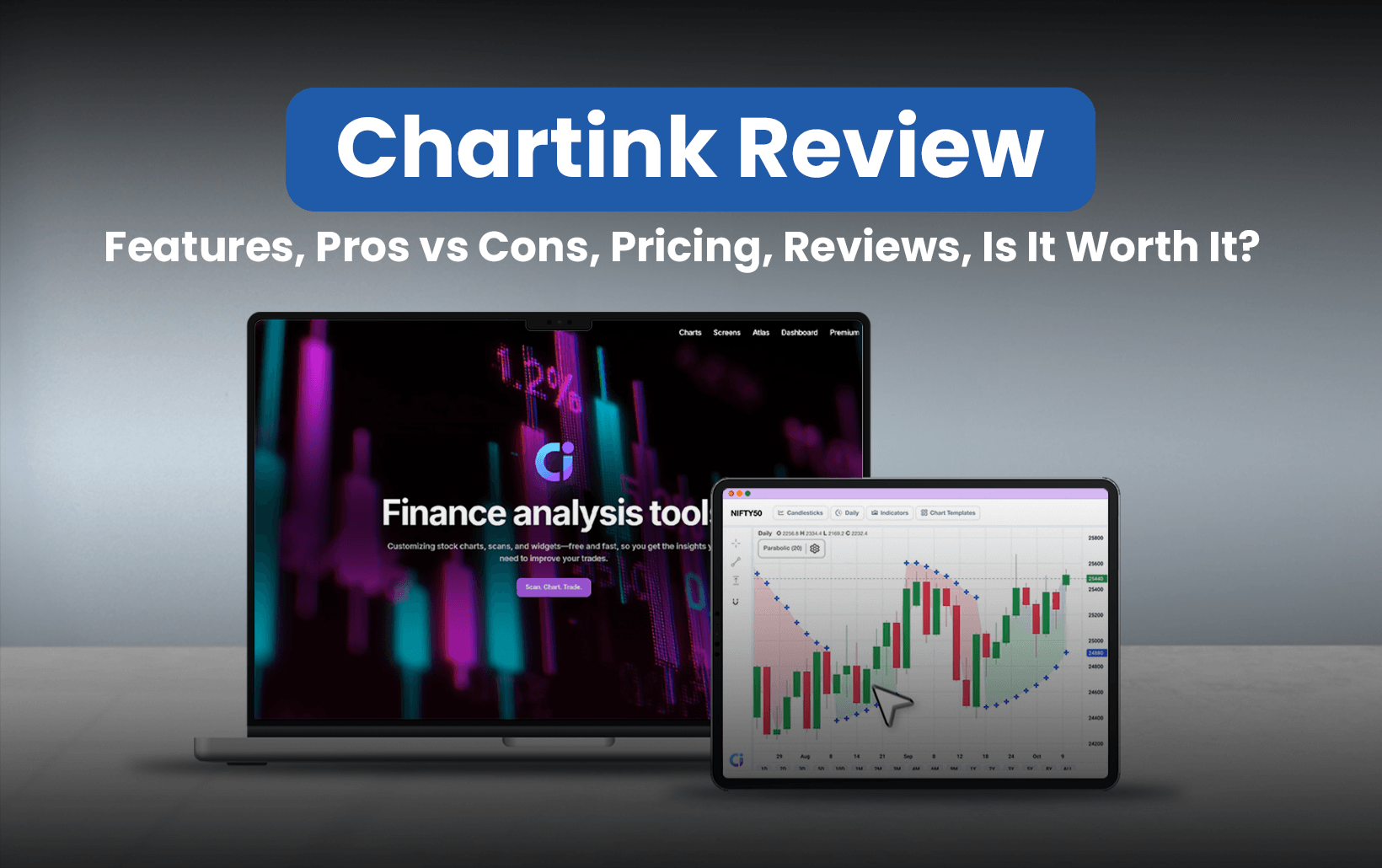
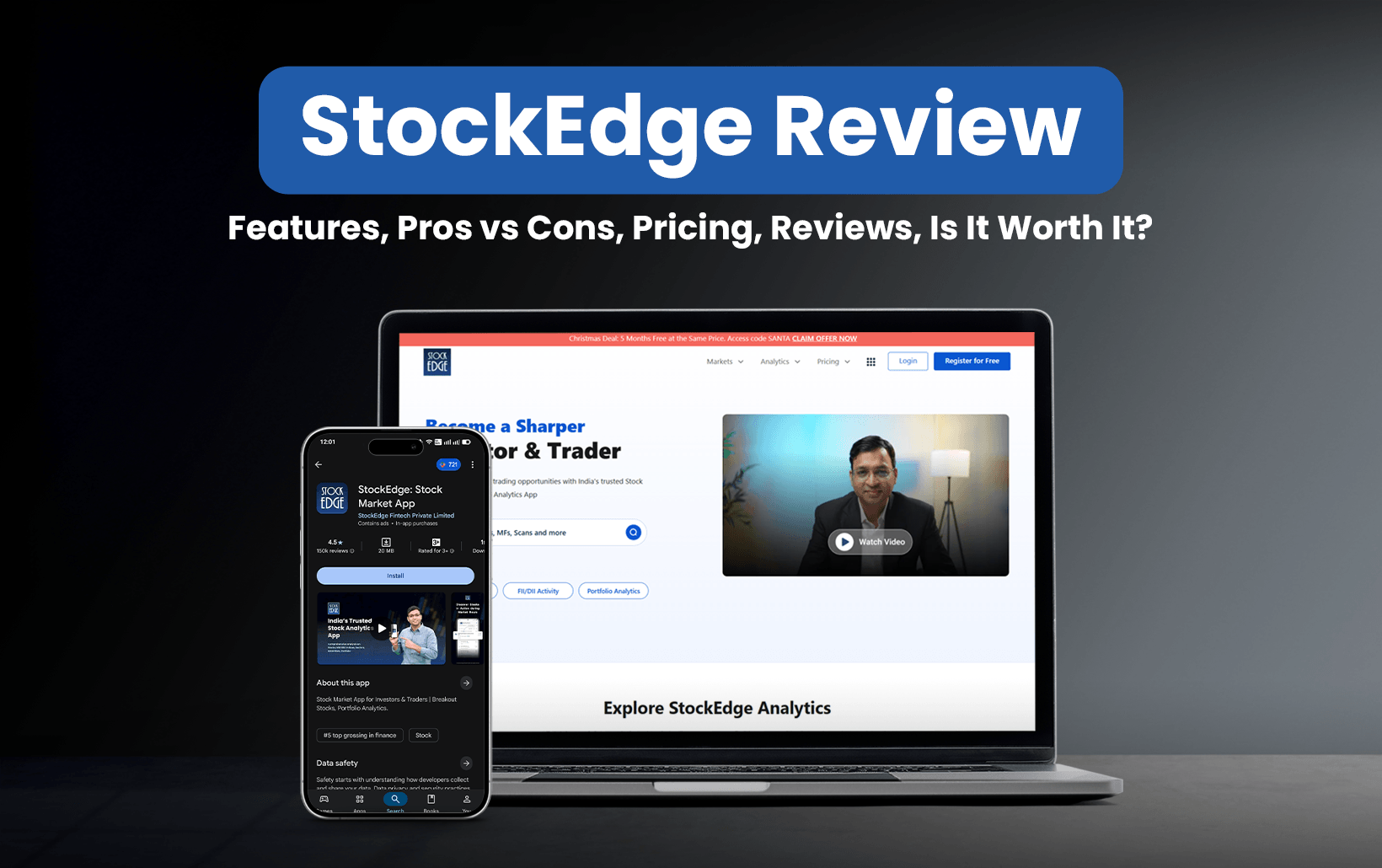
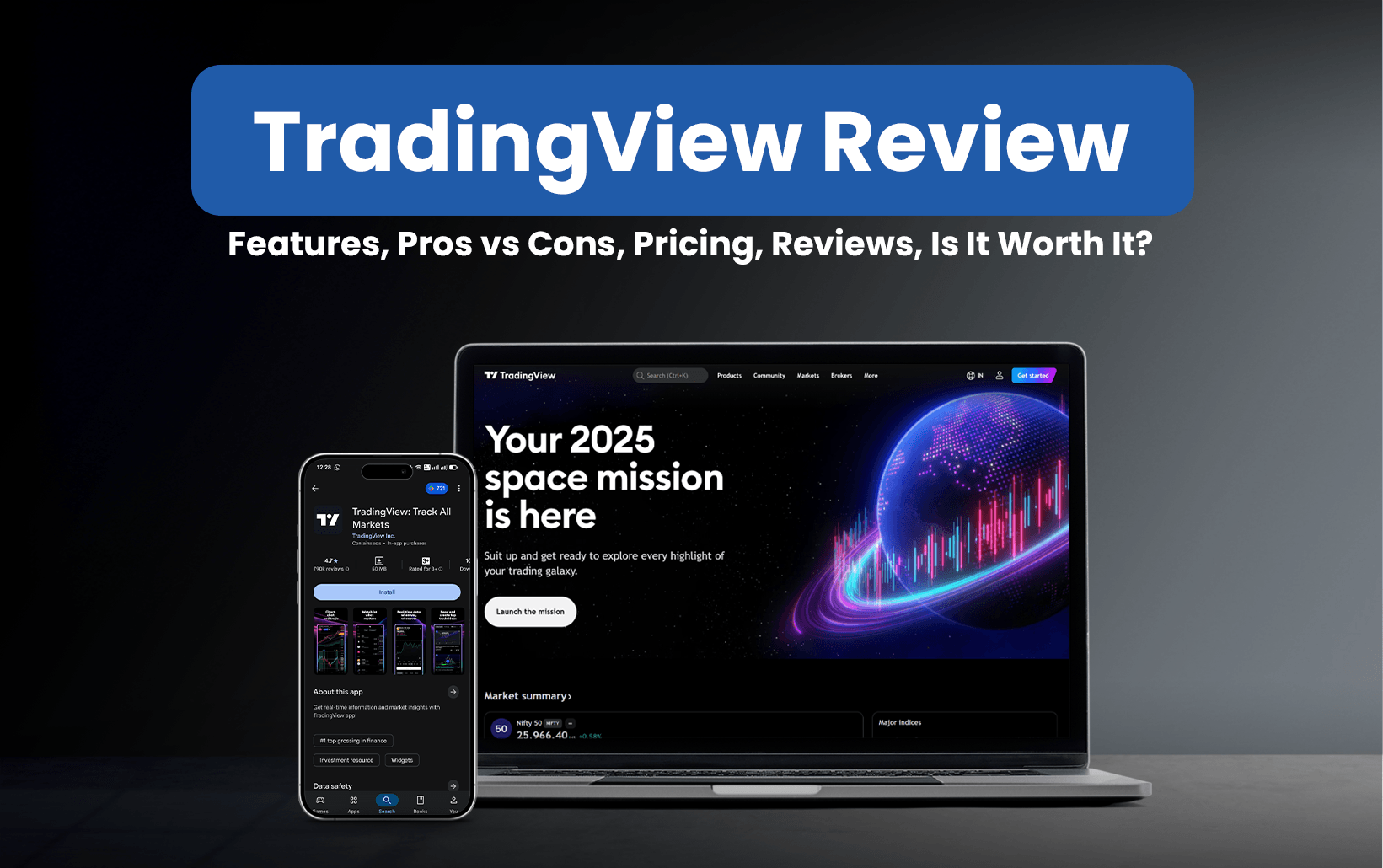
![85 Common Stock Market Terminologies for Dummies [Updated List for 2026] 7 85 Common Stock Market Terminologies for Dummies [Updated List for 2025]](https://www.strike.money/wp-content/uploads/2025/04/Popular-Stock-Market-Terms-for-Beginners-Banner.png)





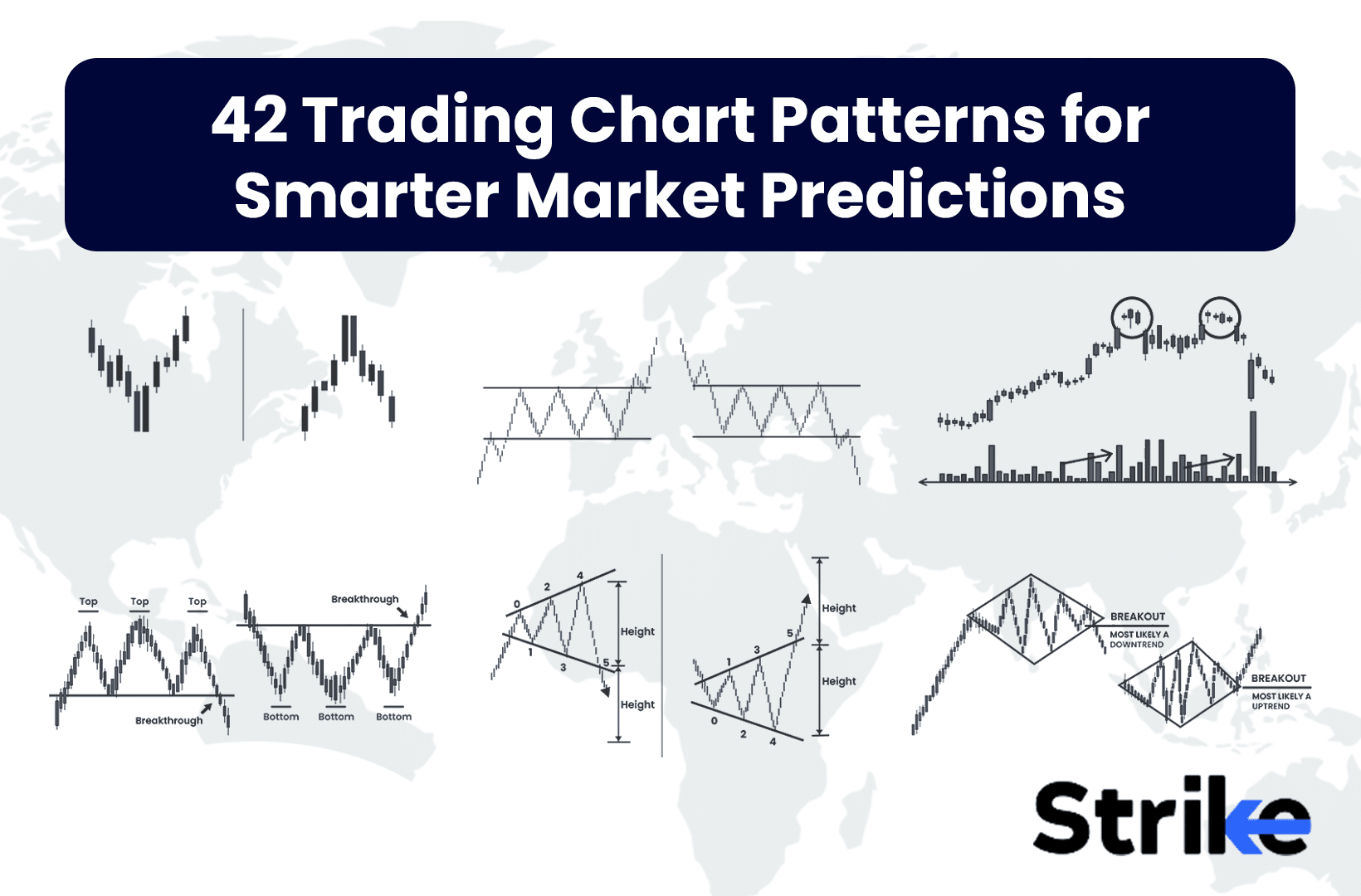





No Comments Yet.